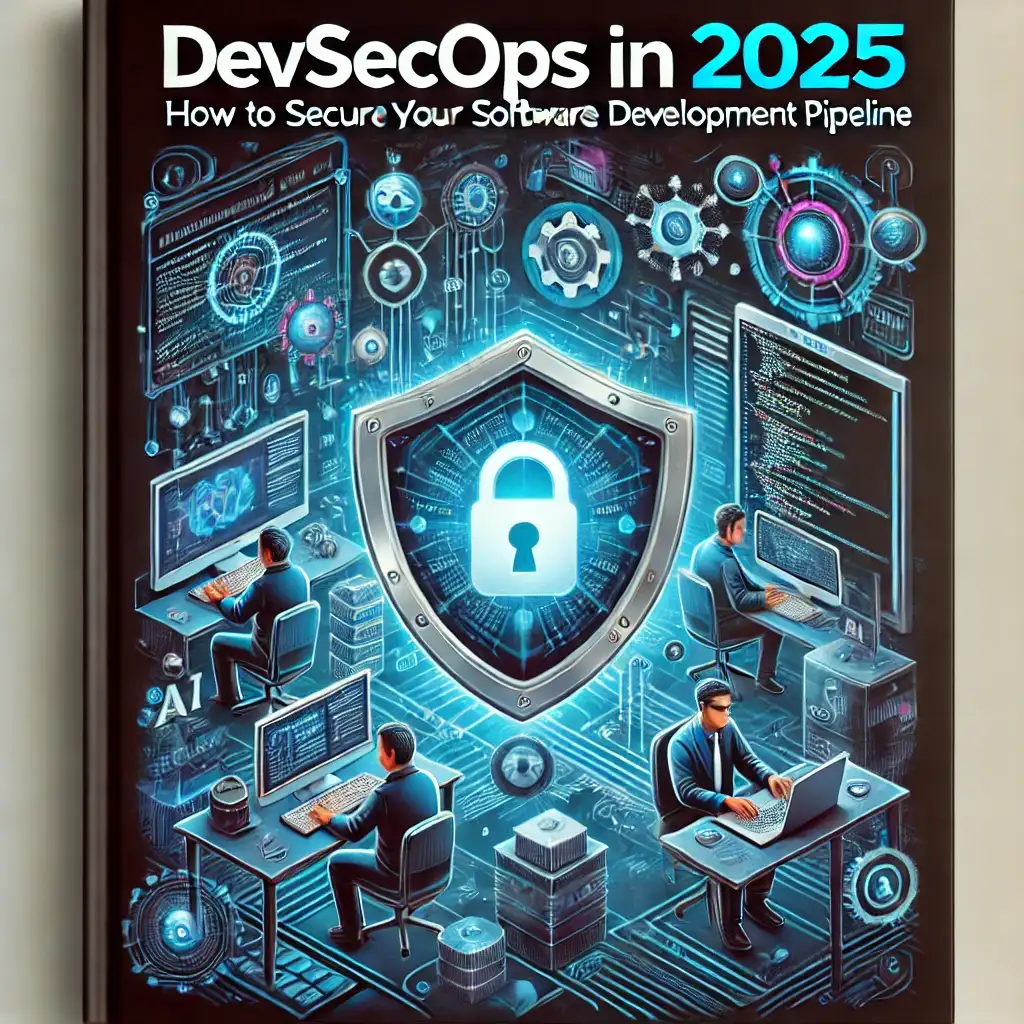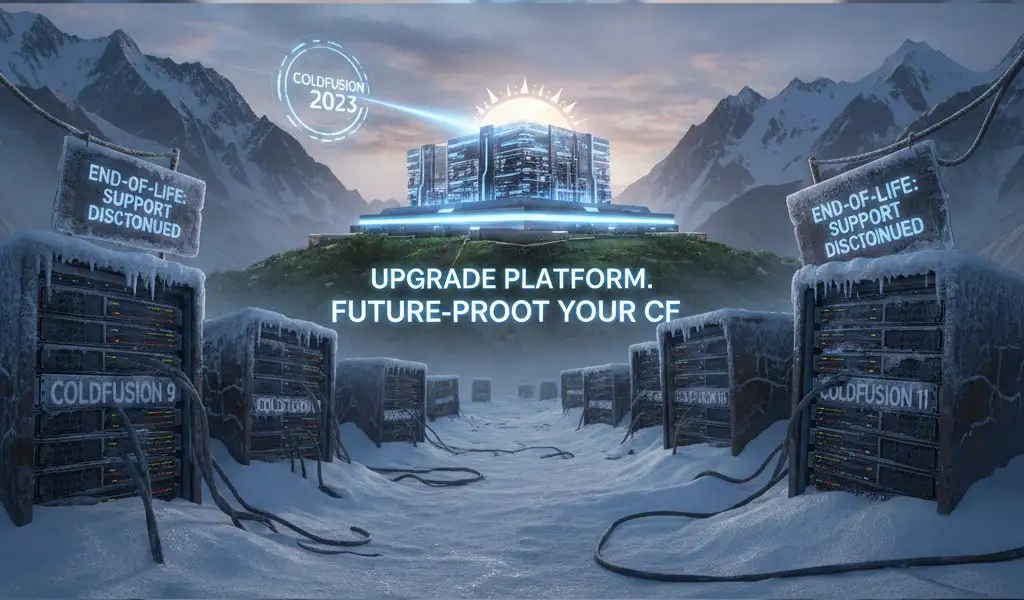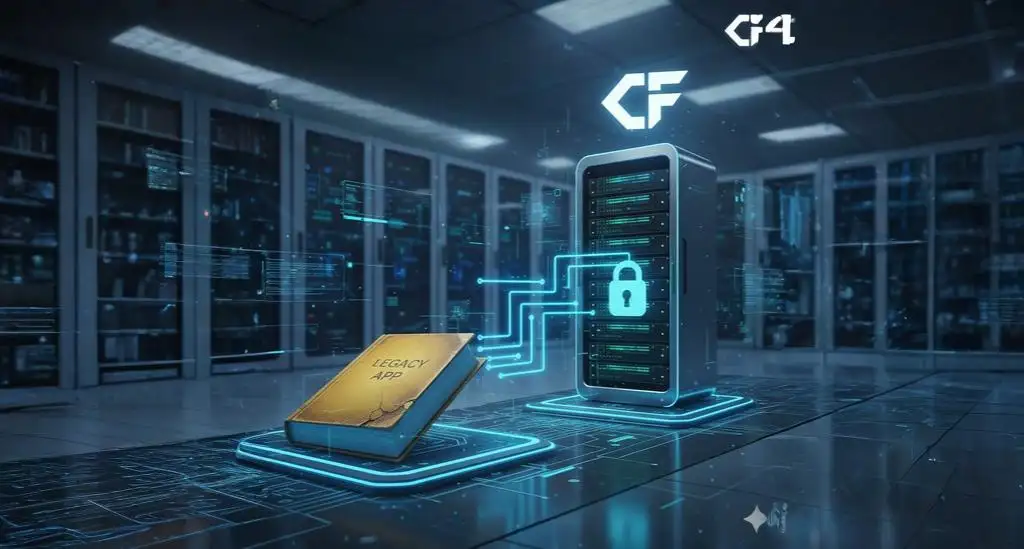DevSecOps in 2025: How to Secure Your Software Development Pipeline

In today's digital era, cyber threats are more sophisticated than ever. With the rising demand for secure, agile, and efficient software delivery, businesses are increasingly adopting a security-first development approach. This is where DevSecOps comes into play--a strategy that integrates security into every phase of the software development lifecycle. By 2025, DevSecOps is set to become a standard practice, transforming how enterprises secure their Continuous Integration/Continuous Deployment (CI/CD) pipelines and automate software security. In this blog, we explore how DevSecOps is reshaping software delivery, key practices to adopt, and the best tools to implement for a secure, efficient pipeline.
Cybersecurity breaches cost companies millions and can severely damage brand reputation. With the advent of digital transformation, the need for secure CI/CD pipelines and software security automation has never been greater. Traditional development models often treat security as an afterthought, leading to vulnerabilities that can be exploited later in production. The shift towards DevSecOps is driven by the realization that security must be integrated from the very start--a concept known as shift-left security.
By embedding security into every stage of the development process, organizations can reduce risks, improve compliance, and deliver products faster. This proactive approach not only safeguards digital assets but also boosts customer trust and regulatory compliance. Companies that adopt a security-first mindset are better positioned to navigate the complexities of modern IT environments.
What is DevSecOps?
Integrating Security into DevOps Pipelines
DevSecOps is an evolution of the traditional DevOps model that integrates security practices directly into the software development lifecycle. Instead of addressing security issues after code is deployed, DevSecOps embeds security measures in every phase--from planning and coding to testing, deployment, and monitoring.
- Shift-Left Security: This practice moves security considerations earlier in the development process, enabling teams to identify and resolve vulnerabilities sooner. By shifting security left, developers can catch issues before they become critical problems in production.
- Secure CI/CD: Continuous Integration and Continuous Deployment (CI/CD) pipelines are enhanced with automated security checks, ensuring that every code change is tested against established security standards before it goes live.
- Software Security Automation: Automated tools continuously scan for vulnerabilities, monitor compliance, and enforce security policies across the entire development pipeline.
Integrating these elements transforms DevOps into a holistic process that prioritizes security without compromising agility.
Key Security Practices for DevSecOps
To fully harness the benefits of DevSecOps, organizations must adopt several core security practices throughout their development pipelines.
Automated Security Testing
Automated security testing tools are essential for identifying vulnerabilities in real-time. These tools can run continuously in the background, scanning codebases, configurations, and dependencies to detect potential risks before they reach production. For example:
- Static Application Security Testing (SAST): Analyzes source code for vulnerabilities without executing the program.
- Dynamic Application Security Testing (DAST): Tests applications during runtime to identify security issues in a live environment.
- Interactive Application Security Testing (IAST): Combines elements of SAST and DAST to provide a comprehensive security analysis.
These practices help ensure that the entire development pipeline is secure from the outset, aligning with shift-left security principles.
Secure Coding Practices
Implementing secure coding practices is another cornerstone of DevSecOps. Developers should be trained on industry standards and best practices to avoid common pitfalls such as SQL injection, cross-site scripting (XSS), and buffer overflows. Secure coding guidelines include:
- Input Validation: Ensuring that all user inputs are sanitized and validated.
- Error Handling: Implementing robust error handling to avoid exposing sensitive information.
- Code Reviews: Regular peer reviews and automated checks to maintain code quality and security.
By adopting these practices, teams can build more resilient applications that withstand cyberattacks.
Compliance Automation
Compliance is a critical aspect of modern software development, especially for industries subject to strict regulations like finance, healthcare, and e-commerce. Automating compliance involves integrating security policies and standards into the CI/CD pipeline. Tools that provide automated compliance checks ensure that:
- Data protection standards (e.g., GDPR, HIPAA) are adhered to.
- Regulatory requirements are met without manual intervention.
- Audit trails are maintained for all code changes, enhancing transparency and accountability.
By automating compliance, businesses not only reduce manual errors but also streamline the process of meeting regulatory obligations.
Best Tools for DevSecOps in 2025
A successful DevSecOps strategy relies on the right set of tools to automate security, manage workflows, and monitor performance. Here are some of the best tools expected to lead the market in 2025:
1. Static Application Security Testing (SAST) Tools
SAST tools like Veracode, Checkmarx, and SonarQube provide code-level analysis to identify vulnerabilities before code is merged into production. These tools integrate with CI/CD pipelines, ensuring that every code commit is analyzed for potential security risks.
2. Dynamic Application Security Testing (DAST) Tools
DAST tools such as OWASP ZAP and Burp Suite test applications during runtime to discover vulnerabilities that might not be evident in static code. They help simulate real-world attacks to validate the application's security posture.
3. Security Automation Tools
Platforms like Aqua Security, Snyk, and Anchore automate the security of containerized applications and cloud environments. These tools are essential for monitoring and protecting microservices and serverless architectures within the DevSecOps pipeline.
4. Integrated DevSecOps Platforms
Comprehensive platforms such as GitLab and Jenkins now offer integrated security features that combine CI/CD with automated testing and compliance checks. This integration enables seamless DevSecOps transformation, reducing the time and effort required to maintain secure pipelines.
By leveraging these tools, organizations can create a secure, automated, and scalable software delivery pipeline that aligns with the principles of DevSecOps.
Challenges in Implementing DevSecOps
While DevSecOps offers numerous benefits, its implementation comes with challenges that organizations must address to maximize effectiveness.
1. Adoption Barriers and Cultural Shifts
Transitioning to a DevSecOps model requires a cultural change within the organization. Teams must move from traditional, siloed development processes to a more collaborative, integrated approach. This shift can be met with resistance, as it involves:
- Adapting to new workflows and tools.
- Changing established roles and responsibilities.
- Investing in continuous training and skill development.
2. Integration Complexity
Integrating new security tools and practices into existing CI/CD pipelines can be challenging. Organizations often face:
- Compatibility issues between legacy systems and modern DevSecOps tools.
- Disruptions in workflows during the transition period.
- Increased initial costs for training and tool acquisition.
3. Balancing Security and Speed
One of the core tenets of DevSecOps is balancing robust security with rapid deployment. Implementing too many security checks can slow down the development process, while too few can expose the application to risks. Striking the right balance is critical and requires:
- Automated tools that run seamlessly in the background.
- Effective collaboration between security, development, and operations teams.
- Continuous monitoring and feedback loops to fine-tune processes.
Conclusion: The Future of DevSecOps in 2025
As we look toward 2025, DevSecOps will continue to evolve, driven by the need for secure, agile, and efficient software delivery. The integration of shift-left security practices, automated security testing, and comprehensive compliance frameworks is transforming how organizations manage their CI/CD pipelines.
Emerging trends indicate that AI-powered security automation and advanced monitoring tools will play a significant role in the future of DevSecOps. Businesses that adopt these practices will not only enhance their software security but also gain a competitive edge in the marketplace.
For enterprises seeking to implement a secure CI/CD pipeline and fully embrace software security automation, working with a trusted partner is crucial. At Evalogical, our DevSecOps solutions are designed to integrate seamlessly with your existing workflows, offering comprehensive support from planning to execution.
By partnering with Evalogical, you can drive DevSecOps transformation within your organization, ensuring that security is embedded in every step of your development process. Explore our DevOps and cloud solutions to secure your software development pipeline and position your business for success in 2025 and beyond.


 What’s New in Adobe ColdFusi....
What’s New in Adobe ColdFusi....
 Adobe ColdFusion 2025: A Moder....
Adobe ColdFusion 2025: A Moder....
 UX Design for Startups: Why Yo....
UX Design for Startups: Why Yo....
 ColdFusion End-of-Life: The Cr....
ColdFusion End-of-Life: The Cr....
 A Proven ColdFusion Migration ....
A Proven ColdFusion Migration ....



Your Trusted Software Development Company